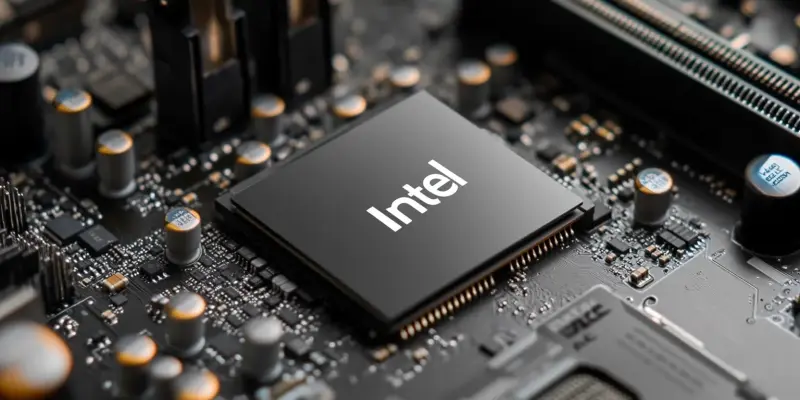At CES 2025, Intel unveiled its latest lineup of laptop processors, the Core Ultra 200 series, showcasing an impressive leap in performance and efficiency. This new range marks a pivotal shift in Intel’s technology strategy, featuring the Arrow Lake architecture for most models while reserving the Lunar Lake architecture for specific lower-power variants.
Architectural Innovations
The Core Ultra 200 series highlights Intel’s strategic use of diverse architectures to enhance performance and power efficiency. Arrow Lake is the foundation for the majority of the new processors, including the U, H, and HX series, while Lunar Lake is specifically used for the lower-power Core Ultra 200V series. This choice in architecture results in varying neural processing unit (NPU) performance, crucial for upcoming features like Microsoft’s Copilot+ and future Windows AI functionalities.
Diverse Configurations
The series offers a range of configurations to meet different usage needs. The U and H series chips, built on Arrow Lake, include an SoC tile with additional low-power E-cores, designed for the efficient handling of background tasks. The NPUs in the Lunar Lake chips are more advanced, enhancing their capacity for advanced AI functions. The Core Ultra 200U series, however, uses slightly older Redwood Cove P-cores and Crestmont E-cores, similar to the previous Meteor Lake-based Core Ultra 100 series, reflecting Intel’s goal of balancing performance with energy efficiency.
Targeting Various Market Segments
Processors in the U series are designed for balanced, thin-and-light laptops, featuring modest specifications such as two P-cores, eight E-cores, and two LP-E cores paired with Intel’s earlier-generation Alchemist GPU. The H series targets performance-oriented thin-and-light PCs, offering either four or six Lion Cove P-cores, eight Skymont E-cores, and two LP-E cores. Most H-series models include an Intel Arc-branded GPU with eight Xe cores, delivering about 15% performance improvements in single-core, multi-core, and GPU functions compared to their predecessors.
High-Performance Options
At the top end of the lineup, the HX-series is designed for high-performance gaming laptops and workstations, incorporating up to 24 CPU cores comprising eight P-cores and 16 E-cores. These processors, using repackaged Arrow Lake desktop silicon, come with a 13 TOPS NPU, providing robust performance, though still below the standards required for Microsoft’s Copilot+ features.
Release Schedule
The release of these processors will be phased, with the U-series and H-series set to ship in February 2025, and the HX-series systems expected in the first half of the year. This staggered launch allows Intel to address different market segments progressively.
Strategic Balance
Intel’s pragmatic balance between achieving high performance and managing production costs is a notable trend. The emphasis on Arrow Lake over the more expensive Lunar Lake architecture indicates a strategic preference for cost-efficiency without significant compromises in performance.
Conclusion
At the 2025 Consumer Electronics Show (CES), Intel made waves with the introduction of its cutting-edge Core Ultra 200 series processors designed for laptops. This new series represents a substantial advancement in both performance and energy efficiency, highlighting Intel’s evolving technology strategy. The Core Ultra 200 series primarily features the innovative Arrow Lake architecture, which is tailored for optimal performance in most models within this lineup. However, Intel has strategically designed certain variants with the Lunar Lake architecture, specifically aimed at lower-power consumption needs. This bifurcated architectural approach ensures that Intel can cater to a wide range of consumer requirements, from power-hungry tasks to more energy-efficient applications. The debut of these processors underscores Intel’s commitment to pushing the boundaries of what laptop CPUs can achieve, setting a new standard in computing capabilities. By leveraging the strengths of both Arrow Lake and Lunar Lake architectures, Intel aims to deliver unparalleled user experiences, whether it’s for high-end gaming, intensive professional work, or everyday computing tasks.

